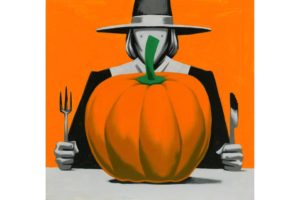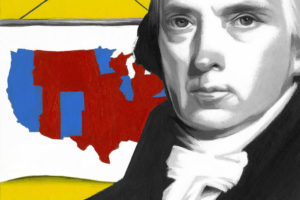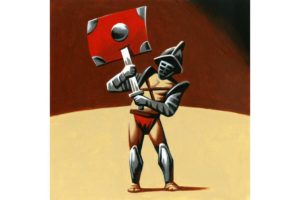The pedigree of sequels is as old as storytelling itself

ILLUSTRATION: RUTH GWILY
“Star Wars: The Last Jedi” may end up being the most successful movie sequel in the biggest sequel-driven franchise in the history of entertainment. That’s saying something, given Hollywood’s obsession with sequels, prequels, reboots and remakes. Although this year’s “Guardians of the Galaxy 2” was arguably better than the first, plenty of people—from critics to stand-up comedians—have wondered why in the world we needed a 29th “Godzilla,” an 11th “Pink Panther” or “The Godfather Part III.”
But sequels aren’t simply about chasing the money. They have a distinguished pedigree, as old as storytelling itself. Homer gets credit for popularizing the trend in the eighth century B.C., when he followed up “The Iliad” with “The Odyssey,” in which one of the relatively minor characters in the original story triumphs over sexy immortals, scary monsters and evil suitors of his faithful wife. Presumably with an eye to drawing in fans of the “Iliad,” Homer was sure to throw in a flashback about the Trojan horse. Continue reading…














